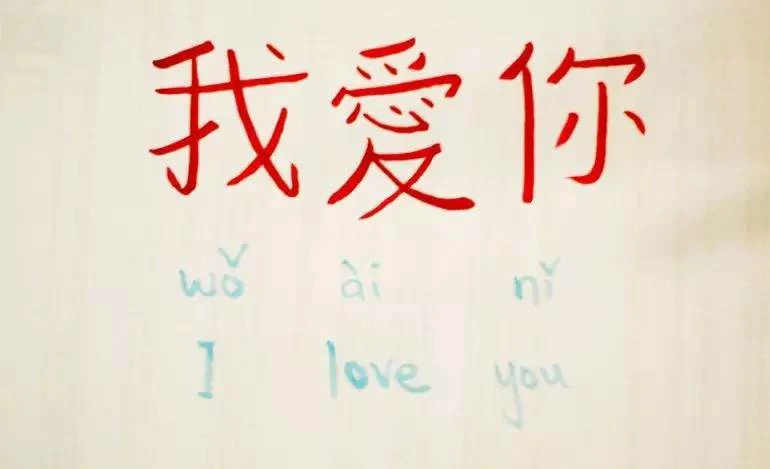Shenzhen Shenzhen is a modern city located in the south of China, adjacent to Hong…

Expressing Love in Chinese: A Guide to Saying ‘I Love You’
Learning how to express love in another language can be a rewarding and romantic gesture.
In Chinese culture,expressing love is a complex and nuanced process,
and there are several different ways to say “I love you” depending on the context and relationship between the speakers.
我爱你(wǒ ài nǐ)
One of the most common ways to express love in Chinese is to say “wǒ ài nǐ” (我爱你),which translates directly to “I love you.“
This phrase can be used between romantic partners, close friends, or family members.
It is important to note, however, that expressing love is not as common in Chinese culture as it is in Western culture,
so it may not be used as frequently in everyday conversation.
我喜欢你 (wǒ xǐhuan nǐ)
Another way to express love in Chinese is to use the phrase “wǒ xǐhuan nǐ” (我喜欢你), which translates to “I like you.“
This phrase is often used in the early stages of a romantic relationship or to express affection towards a close friend.
520(wǔ èr líng)
In Chinese culture, “520” (wǔ èr líng) is a slang term that represents “I love you“. It is a phonetic play on words, where the pronunciation of “520” sounds similar to “wǒ ài nǐ”, which means “I love you” in Mandarin Chinese. Therefore, “520” has become a popular way for Chinese speakers to express their love and affection for their significant others. It is similar to how “143” is used in English to represent “I love you”, with each digit corresponding to the number of letters in each word.
It is important to note that expressing love in Chinese culture can also be done through actions rather than words.
For example, giving gifts, spending quality time together, and doing kind deeds can all be ways to express love and affection towards someone.
Expressing love in Chinese is a complex and nuanced process, but it is an important part of Chinese culture and language.
Whether through words or actions, expressing love can be a meaningful and romantic gesture that can deepen relationships and connections.




This Post Has 0 Comments